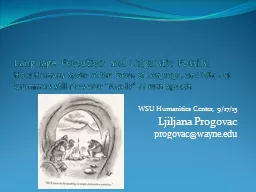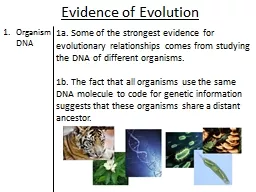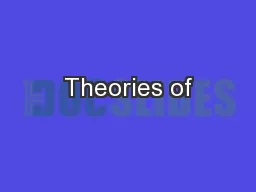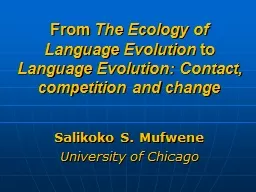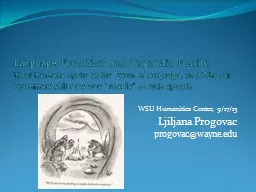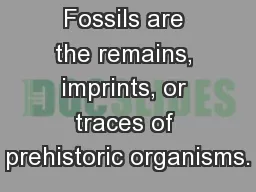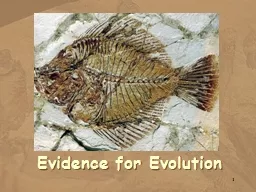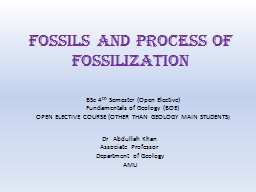PPT-Language Evolution and Linguistic Fossils:
Author : debby-jeon | Published Date : 2018-12-17
How Humans Spoke at the Dawn of Language and Why our Grammars still Preserve Fossils of such Speech WSU Humanities Center 91713 Ljiljana Progovac progovacwayneedu
Presentation Embed Code
Download Presentation
Download Presentation The PPT/PDF document "Language Evolution and Linguistic Fossil..." is the property of its rightful owner. Permission is granted to download and print the materials on this website for personal, non-commercial use only, and to display it on your personal computer provided you do not modify the materials and that you retain all copyright notices contained in the materials. By downloading content from our website, you accept the terms of this agreement.
Language Evolution and Linguistic Fossils:: Transcript
Download Rules Of Document
"Language Evolution and Linguistic Fossils:"The content belongs to its owner. You may download and print it for personal use, without modification, and keep all copyright notices. By downloading, you agree to these terms.
Related Documents

